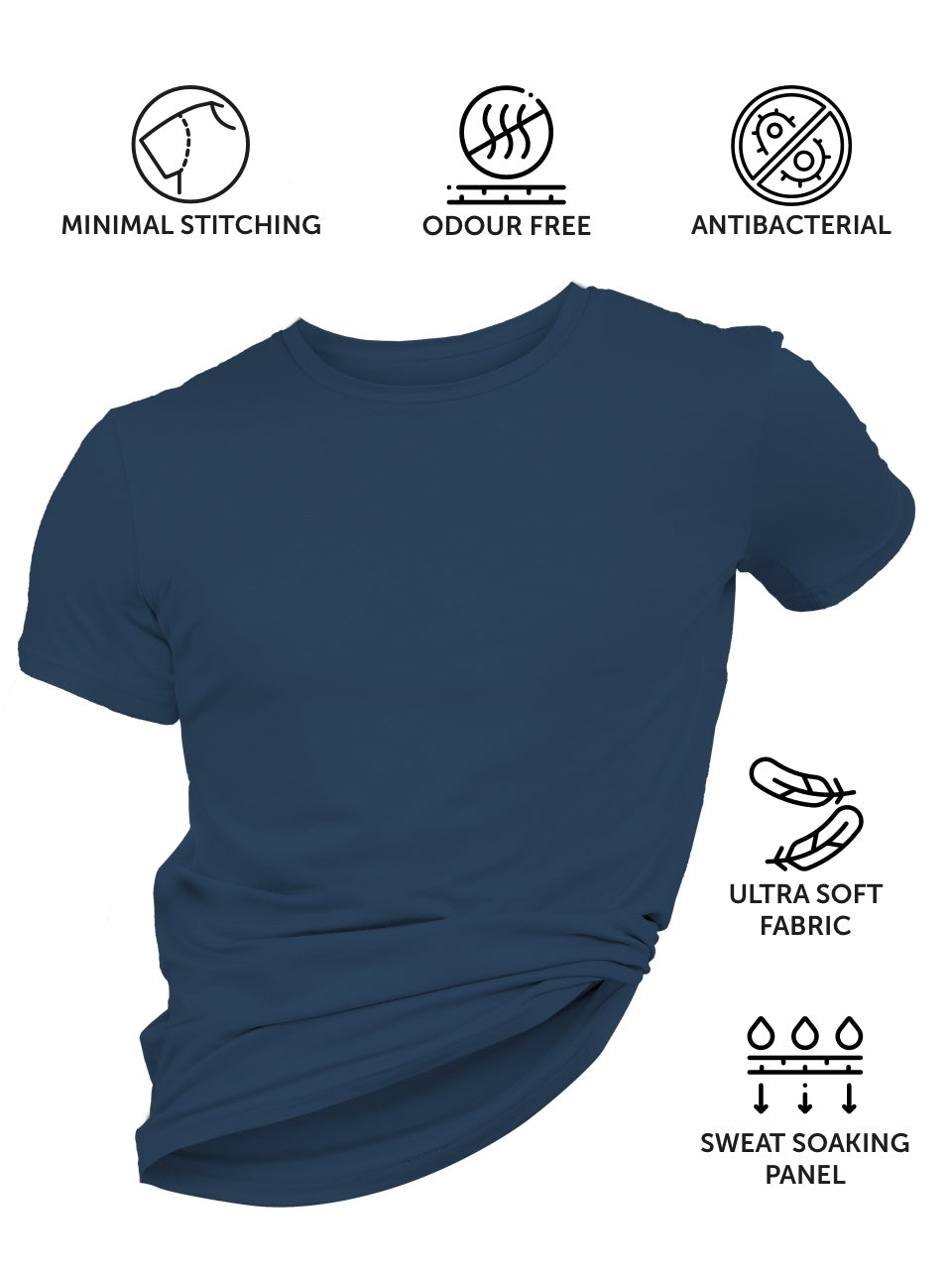Subcutaneous space, often disregarded, represents a frontier for innovative applications beyond mere fat storage. Current research highlights its potential for targeted drug delivery, offering advantages over traditional methods by bypassing first-pass metabolism. But the possibilities extend further. Imagine using biocompatible hydrogels within this layer for sustained-release hormone therapies or employing micro-sensor arrays to continuously monitor glucose levels in diabetics. We’ll explore how advanced biomaterials can be strategically placed under the skin to support tissue regeneration, deliver cosmetic enhancements with minimized invasiveness. Even facilitate the creation of subdermal wearable technology interfaces, thereby opening new avenues for personalized medicine and aesthetic interventions.

Beyond the Surface: Understanding Underskin Technology
The term "underskin" in the context of technology refers to devices or applications embedded or operating beneath the surface of the skin. These technologies are diverse, ranging from medical implants to biometric sensors and even cosmetic enhancements. The appeal lies in their potential to seamlessly integrate technology with the human body, offering continuous monitoring, personalized treatments. Enhanced capabilities.
Key technologies involved in underskin applications include:
- Microelectronics: Miniaturized circuits and components that enable data processing and communication within the device.
- Biocompatible Materials: Materials designed not to cause adverse reactions with the body's tissues, ensuring long-term safety and functionality.
- Wireless Communication: Technologies like Bluetooth, NFC (Near Field Communication). RFID (Radio-Frequency Identification) facilitate data transfer to external devices.
- Power Management: Efficient power sources, often involving micro-batteries or energy harvesting techniques, to sustain the device's operation.
- Sensor Technology: Various sensors, such as glucose sensors, temperature sensors. Pressure sensors, to monitor physiological parameters.
Compared to wearable technology (e. G. , smartwatches, fitness trackers), underskin technology offers several advantages:
| Feature | Wearable Technology | Underskin Technology |
|---|---|---|
| Placement | External, worn on the body | Internal, embedded under the skin |
| Visibility | Visible, can be bulky | Invisible, discreet |
| Compliance | Requires conscious effort to wear | Passive, always active |
| Data Accuracy | May be affected by movement and external factors | Potentially more accurate due to direct contact with the body |
| Invasiveness | Non-invasive | Minimally invasive (during implantation) |
1. Continuous Glucose Monitoring for Diabetes Management
One of the most established and impactful applications of underskin technology is continuous glucose monitoring (CGM) for individuals with diabetes. Traditional blood glucose meters require frequent finger pricks, which can be painful and inconvenient. CGMs, on the other hand, involve a small sensor inserted under the skin that continuously measures glucose levels in the interstitial fluid. This data is transmitted wirelessly to a receiver or smartphone, providing real-time glucose readings and trend data.
Real-world application: Patients using CGMs can see how their glucose levels respond to meals, exercise. Medication, allowing them to make more informed decisions about their diabetes management. Many CGMs also integrate with insulin pumps to create closed-loop systems (artificial pancreas) that automatically adjust insulin delivery based on glucose levels. My father, who has type 1 diabetes, has used a CGM for years. The peace of mind it provides, knowing that he'll be alerted to dangerous highs or lows, is invaluable.
Companies like Dexcom and Abbott are leaders in the CGM market, constantly innovating to improve sensor accuracy, longevity. Ease of use.
2. Drug Delivery Systems: Targeted and Controlled Release
Underskin technology is revolutionizing drug delivery by offering targeted and controlled release mechanisms. Instead of relying on oral medications or injections, which can result in fluctuating drug concentrations and systemic side effects, implantable drug delivery systems can deliver precise doses of medication directly to the target site over an extended period.
These systems often involve:
- Reservoir-based implants: Containing a reservoir of medication that is released at a controlled rate through a semi-permeable membrane or a micro-pump.
- Biodegradable implants: Made of biocompatible materials that gradually dissolve over time, releasing the encapsulated drug.
- Stimuli-responsive implants: Releasing medication in response to specific triggers, such as changes in pH, temperature, or the presence of certain biomarkers.
Use Case: Contraceptive implants like Nexplanon are a common example. This small, flexible rod inserted under the skin of the upper arm releases a progestin hormone to prevent pregnancy for up to three years. This eliminates the need for daily pills or frequent injections.
3. Neuromodulation: Treating Neurological Disorders
Neuromodulation involves altering nerve activity through electrical or magnetic stimulation. Underskin technology plays a crucial role in implantable neuromodulation devices used to treat various neurological disorders, including Parkinson's disease, epilepsy, chronic pain. Depression.
Deep Brain Stimulation (DBS): A well-established neuromodulation technique involves implanting electrodes deep within the brain to deliver electrical pulses that modulate neural circuits. The pulse generator, which controls the stimulation parameters, is typically implanted under the skin of the chest or abdomen.
Spinal Cord Stimulation (SCS): SCS involves implanting electrodes near the spinal cord to deliver electrical pulses that block pain signals from reaching the brain. The pulse generator is usually implanted under the skin of the abdomen or buttocks.
Example: For Parkinson's disease, DBS can help reduce tremors, rigidity. Slowness of movement, significantly improving the patient's quality of life. The precise placement of the electrodes and the careful adjustment of stimulation parameters are critical for optimal therapeutic outcomes.
4. Biometric Identification and Access Control
Underskin implants are being explored for biometric identification and access control. These implants typically contain a microchip that stores unique identification data, which can be read by a scanner using RFID or NFC technology.
How it works: When the implant is scanned, the scanner retrieves the identification data and verifies it against a database. If the data matches, access is granted. This technology could be used for:
- Building access: Replacing traditional keycards or fobs.
- Computer login: Providing secure access to computers and networks.
- Payment systems: Enabling contactless payments.
- Medical records: Quickly and securely accessing patient data in emergency situations.
Ethical Considerations: The use of underskin implants for biometric identification raises significant ethical concerns regarding privacy, security. Potential misuse. It's crucial to have robust safeguards in place to protect individuals' data and prevent unauthorized tracking or surveillance.
5. Cosmetic Enhancements: Beyond Aesthetics
While often associated with medical applications, underskin technology is also finding its way into the realm of cosmetic enhancements. Beyond traditional implants like breast implants or facial implants, newer technologies are being developed to address various cosmetic concerns.
Examples:
- Micro-needling devices: Implantable micro-needling devices can stimulate collagen production to improve skin texture and reduce wrinkles.
- Light-emitting implants: Implants that emit light of specific wavelengths can be used to treat skin conditions like acne or hyperpigmentation.
- Temporary tattoos with embedded sensors: These can change color based on exposure to UV light, alerting the wearer to potential sun damage.
essential Note: The cosmetic application of underskin technology is a rapidly evolving field. It's essential to carefully evaluate the safety and efficacy of any procedure before undergoing it. Consult with a qualified dermatologist or cosmetic surgeon to discuss the potential risks and benefits.
6. Monitoring Athletic Performance and Recovery
Athletes are always looking for ways to optimize their performance and recovery. Underskin sensors can provide valuable data on physiological parameters like heart rate, body temperature, muscle activity. Hydration levels.
Benefits for Athletes:
- Real-time data: Track performance metrics during training and competition.
- Personalized training plans: Adjust training intensity and volume based on individual physiological responses.
- Early detection of overtraining: Identify signs of fatigue and prevent injuries.
- Optimize recovery: Monitor hydration levels and muscle recovery after exercise.
Challenges: Developing sensors that are accurate, reliable. Comfortable for athletes to wear during strenuous activity remains a challenge. Also, data security and privacy are critical considerations, as athletes' physiological data could be valuable to competitors.
7. Augmented Reality Interfaces: The Future of Human-Computer Interaction
While still in its early stages, the development of underskin augmented reality (AR) interfaces holds immense potential for the future of human-computer interaction. Imagine being able to access data, control devices. Interact with the digital world simply by thinking or making subtle movements.
Potential Applications:
- Controlling prosthetic limbs: Directly controlling prosthetic limbs with neural signals.
- Operating computers and devices: Navigating menus, typing. Controlling devices without using a keyboard or mouse.
- Receiving insights: Displaying details directly onto the retina or stimulating the brain to create visual or auditory experiences.
Technical Hurdles: Creating a safe, effective. Biocompatible AR interface requires overcoming significant technical hurdles, including developing high-resolution displays, miniaturizing electronics. Establishing reliable neural interfaces. But, ongoing research in nanotechnology, neuroscience. Materials science is paving the way for this exciting possibility.
Conclusion
We've explored seven unconventional avenues for leveraging underskin, from enhanced moisture management to targeted skincare delivery. The key takeaway is that underskin is no longer just a base layer; it's an active participant in your overall comfort and well-being. Consider this: I recently used a silver-infused underskin shirt during a particularly grueling hike. The odor control was a game-changer, allowing me to focus on the challenge rather than the sweat. Looking ahead, expect to see more integration of technology, like embedded sensors for biofeedback, within underskin fabrics. So, experiment, find what works best for your needs. Remember, comfort and performance start from the skin up. Embrace the possibilities!
FAQs
Okay, 'underskin' sounds... Interesting. What exactly ARE we talking about here?
Good question! When I say 'underskin', I'm referring to innovative ways to use the space and technology just beneath our skin. Think medical sensors, embedded devices. Even cosmetic enhancements that go beyond surface treatments.
So, are we talking purely medical stuff? Because that's kinda what it sounds like...
Not purely medical, though that's a big part of it! While continuous glucose monitoring and drug delivery systems are already a reality, we're also exploring cosmetic applications, personal identification. Even potential ways to interact with technology through embedded interfaces.
What are some of the cool cosmetic applications you mentioned? Like, what's even possible?
Imagine color-changing 'tattoos' that react to your mood, or tiny, light-emitting diodes (LEDs) embedded for subtle skin highlights. Researchers are also looking into personalized skincare delivery systems that release ingredients directly where they're needed beneath the surface.
This all sounds a little sci-fi. Is it safe? What about rejection or infections?
That's a completely valid concern! Safety is paramount. Extensive biocompatibility testing is crucial for any underskin technology. We're talking about using materials that the body accepts and rigorous sterilization protocols to minimize the risk of rejection or infection. It's a hurdle. Researchers are constantly improving these aspects.
What about the ethical side of things? Could this lead to some weird or unfair advantages?
Absolutely. The ethical considerations are HUGE. Things like privacy (data from sensors), accessibility (who gets these technologies?). Potential for discrimination need to be carefully addressed. We need open discussions and regulations to ensure these innovations benefit everyone responsibly.
Are there any examples of underskin tech already in use, besides glucose monitors?
Yep! Implantable contraception is a well-established example. And while not widely adopted, there are also microchips used for identification and access control, often for pets but sometimes for humans in specific security contexts.
Okay, last question: What's the biggest challenge in making this underskin revolution a reality?
I'd say the biggest hurdle is miniaturization and power. We need devices that are small enough to be comfortable, durable enough to last. Powered efficiently for long-term use. Battery technology and wireless power transfer are key areas of focus.






